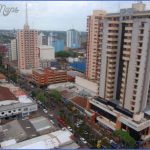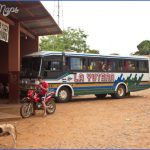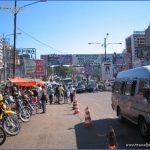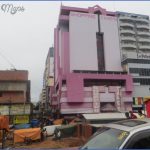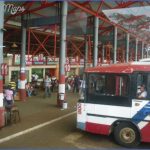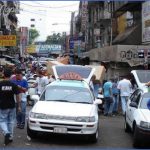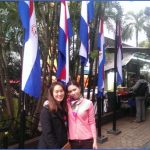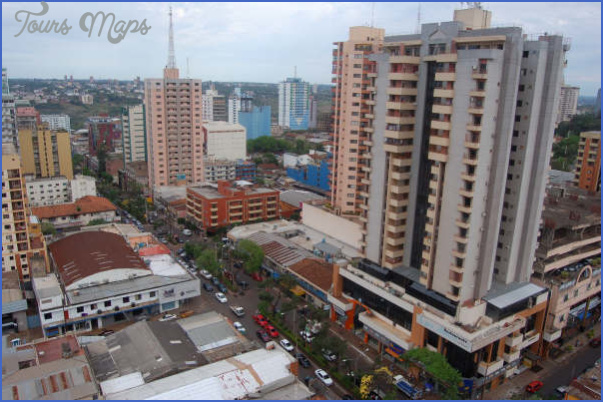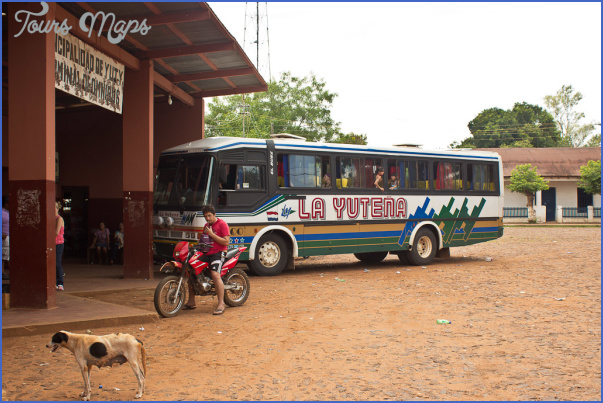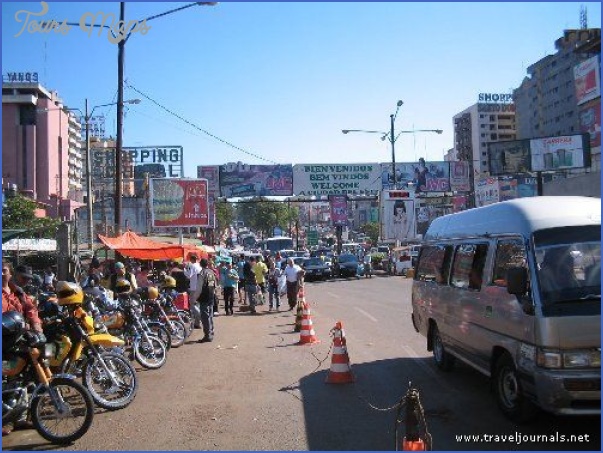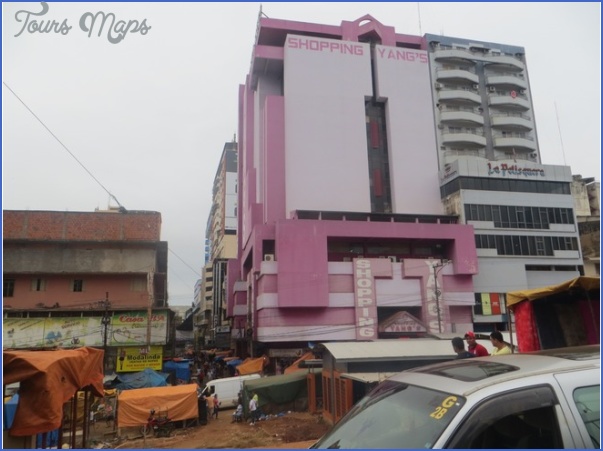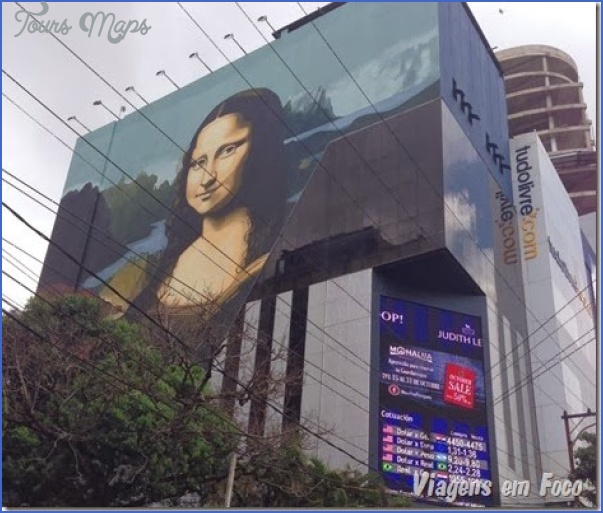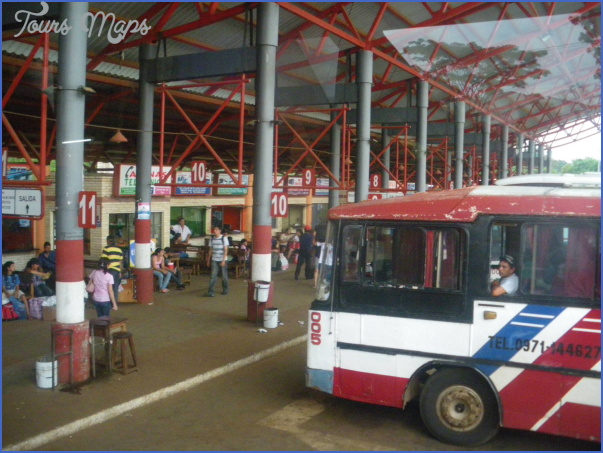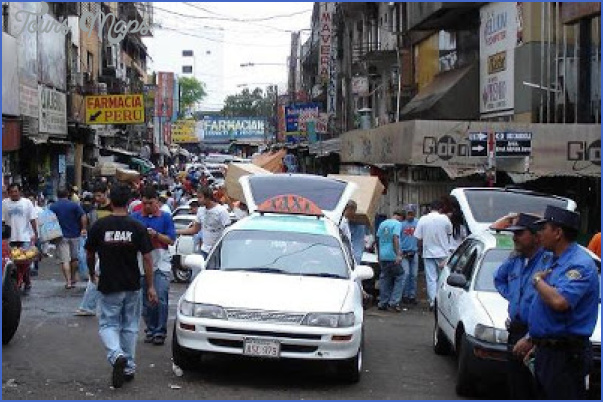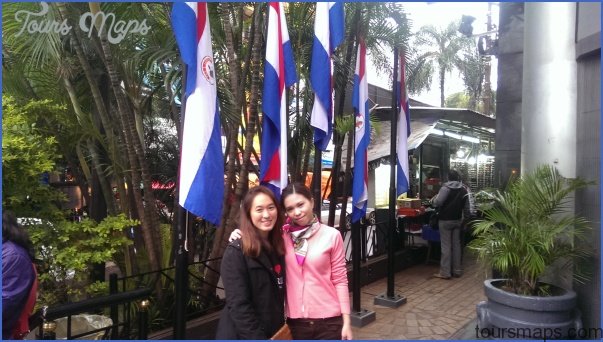Quindy
The town of Quindy, between Carapegua and Villa Florida, is best known for soccer ball production. As you enter the town you will see many vendors selling soccer balls along the side of the road.
Departamento Misiones
The defining characteristic of modern-day Misiones is not its Jesuit past but the cattle ranching that occurs on the province’s rolling hills. Historically Misiones was always a popular area for ranching the Jesuit missions engaged in cattle raising and after the Triple Alliance War the provisional government had various settlers from the ranching areas of Uruguay and Argentina move to Misiones along with their heads of cattle and sheep. Today approximately 80 percent of Misiones is used for ranching whereas only 20 percent is destined for agriculture. Visitors can experience the ranching culture first hand at the region’s festivals, all of which invariably involve jineteadas (rodeos) and the sale of ranching related crafts such as saddles, cowboy boots, wool horse blankets and ponchos. The Emprendimiento Misionero de Turismo (EMITUR), based in Santiago, is a good resource for information about the various festivals and ranches open to visitors in the Misiones department, providing visitors with an up close experience of Paraguay’s cowboy culture. Tel: 0782 20286, Emitur@itacom.com.py, www.emitur.com.py
Radio Cowboys
For a taste of Paraguay’s cowboy culture you can also check out Rodeo y Tradicion and Tradicion y Cultura. Rodeo y Tradicion airs Sundays from 10am to 11am on Channel 13. Tradicion y Cultura is run by the Asociacion de Jinetes de Paraguay and airs on Saturdays from 2:30pm-3:00pm on Red Guarani. It is also available in radio format Mondays through Fridays from 10:00am to 12pm on Radio Y sapy FM 90.7 and on the AJP website (www. ajp. com.py).
Several towns in Misiones were once prosperous Jesuit missions. After the Jesuits were expelled from Paraguay in the late 1700’s their missions passed into the hands of the Franciscans and while several were completely abandoned others eventually evolved into thriving towns. Though the churches (generally the most impressive structures in each mission) have largely deteriorated there still remain vestiges of the area’s Jesuit past. Buildings such as school houses and indigenous dwellings (known in Spanish as casas de indios) are still in use. Remarkably, there are still many religious artifacts from the Jesuit era – locals saved sculptures, altar pieces and other decorative elements from the crumbling mission churches (in some cases sculptures are missing limbs because the churches literally fell down around them). Items that were not sold to private collectors have been donated to the town’s Jesuit museums or returned to newly constructed churches. The museums and churches are worth a visit together with a trip the Jesuit ruins of the department of Itapua.
From Riches to Ruins
Rumors of gold mines, secret tunnels and hidden treasures contributed to the destruction of abandoned Jesuit sites. After the Jesuits were expelled from Paraguay the missions were ransacked by treasure hunters. Many of the missions’ stone statues were smashed on the assumption that they were hollow and filled with gold.
Traveling in Ciudad del Este Photo Gallery
Maybe You Like Them Too
- The Best Cities To Visit in The World
- World’s 10 Best Places To Visit
- Coolest Countries in the World to Visit
- Travel to Santorini, Greece
- Map of Barbados – Holiday in Barbados

